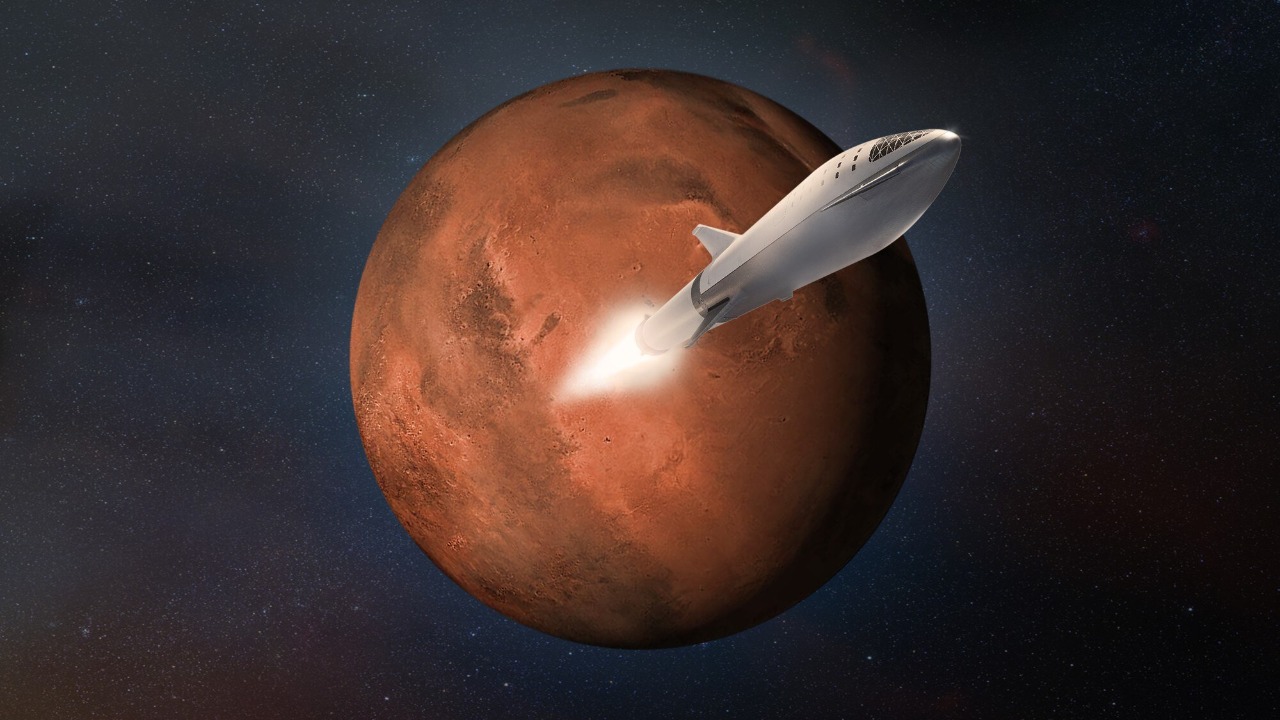
NASA has long been a leader in space exploration, pioneering missions that have expanded our understanding of the cosmos. However, the emergence of private space companies, particularly SpaceX, has intensified the race to Mars. As rumors circulate about a secret NASA plan to outpace Elon Musk’s ambitious timeline, it seems the agency is adopting innovative strategies to ensure it reaches the Red Planet first.
The Emergence of a Space Race Revival
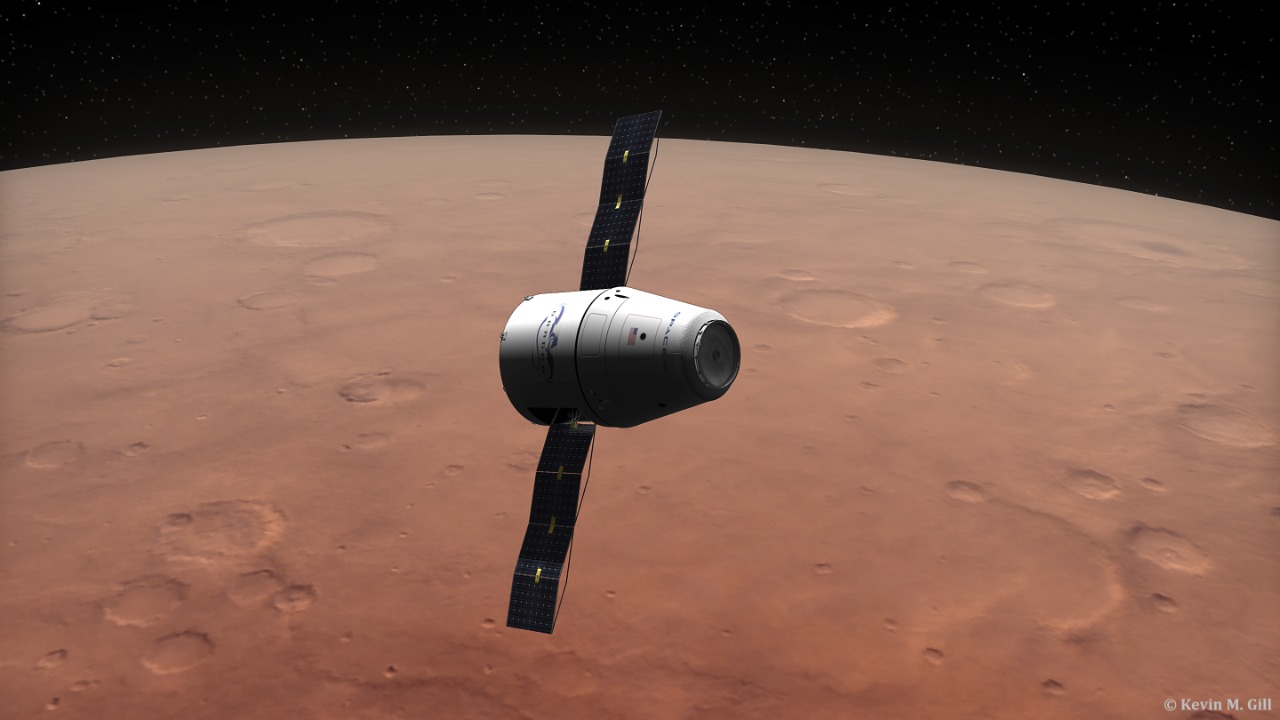
The original space race was a defining chapter in human history, marked by intense competition between the United States and the Soviet Union. This race culminated in the Apollo 11 moon landing in 1969, a moment that not only showcased technological prowess but also served as a powerful symbol of national prestige. The legacy of this era has continued to shape modern space exploration, laying the groundwork for international collaboration and technological innovation.
Today, the dynamics of space exploration have shifted significantly with the rise of private companies like SpaceX. Elon Musk’s vision for Mars colonization has captured global attention, pushing the boundaries of what is considered possible in space travel. The introduction of reusable rockets and ambitious timelines has forced traditional space agencies, such as NASA, to reevaluate their strategies. This new wave of exploration has ignited a modern space race, one that is not just about national pride but also about technological leadership and commercial opportunities.
NASA finds itself at a crossroads, navigating the challenges and opportunities presented by the growing influence of the private sector. While SpaceX operates with the agility and innovation typical of a tech startup, NASA must balance governmental oversight and public accountability. The agency’s response to this competition involves leveraging its decades of experience and expertise while embracing new partnerships and technologies.
NASA’s Strategic Innovations
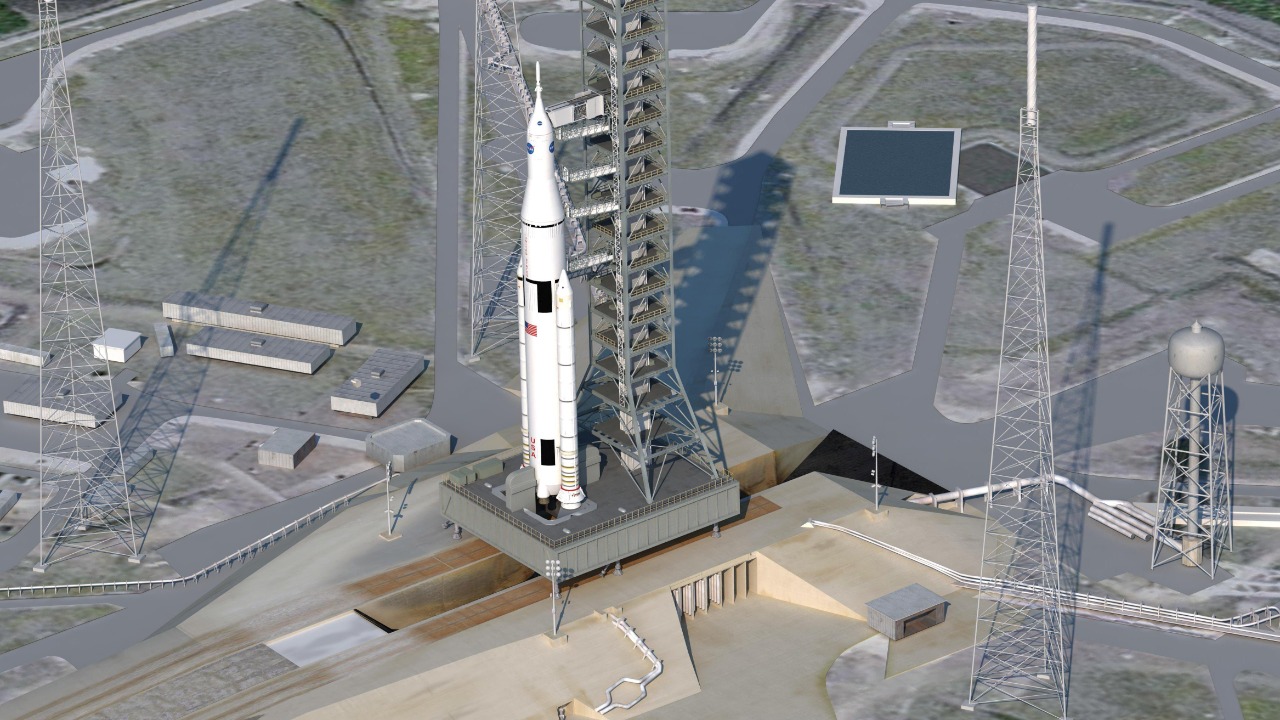
At the heart of NASA’s strategy to reach Mars is the development of the Space Launch System (SLS). This powerful rocket is designed to carry astronauts and heavy cargo into deep space, providing the capability needed for a crewed mission to Mars. The SLS is a critical component of NASA’s Mars mission plans, representing a significant investment in the future of human space exploration.
In addition to the SLS, NASA is advancing the design and capabilities of the Orion spacecraft. This next-generation spacecraft is engineered to sustain astronauts on long-duration missions beyond Earth’s orbit. Orion features state-of-the-art life support systems and enhanced safety measures, ensuring that crew members can endure the rigors of a journey to Mars. By focusing on these technological advancements, NASA aims to maintain its position at the forefront of space exploration.
Embracing cutting-edge technology, NASA is also incorporating autonomous systems and artificial intelligence into its mission planning. These innovations are crucial for optimizing mission success and ensuring astronaut safety. AI can assist in navigation, resource management, and real-time decision-making, making it an indispensable tool for complex interplanetary missions. By integrating these technologies, NASA is enhancing its ability to respond to the unpredictable challenges of space travel.
Political and Financial Backing

The success of NASA’s Mars mission hinges not only on technological innovation but also on robust political and financial support. Government backing is essential to secure the necessary funding and resources for such an ambitious endeavor. Political will can significantly influence the pace and direction of NASA’s efforts, as seen in past initiatives like the Apollo program.
International collaboration is another cornerstone of NASA’s strategy. By partnering with other space agencies and countries, NASA can pool resources and expertise, reducing costs and increasing the likelihood of success. Collaborations with the European Space Agency (ESA) and countries like Japan and Canada exemplify this approach, fostering a spirit of cooperation that transcends national borders.
Despite these efforts, NASA must contend with budget constraints and competing priorities. To overcome these challenges, the agency employs strategic planning and advocacy to secure funding from Congress and other stakeholders. By demonstrating the scientific and economic benefits of space exploration, NASA can build a compelling case for continued investment in its Mars mission.
Challenges and Contingencies
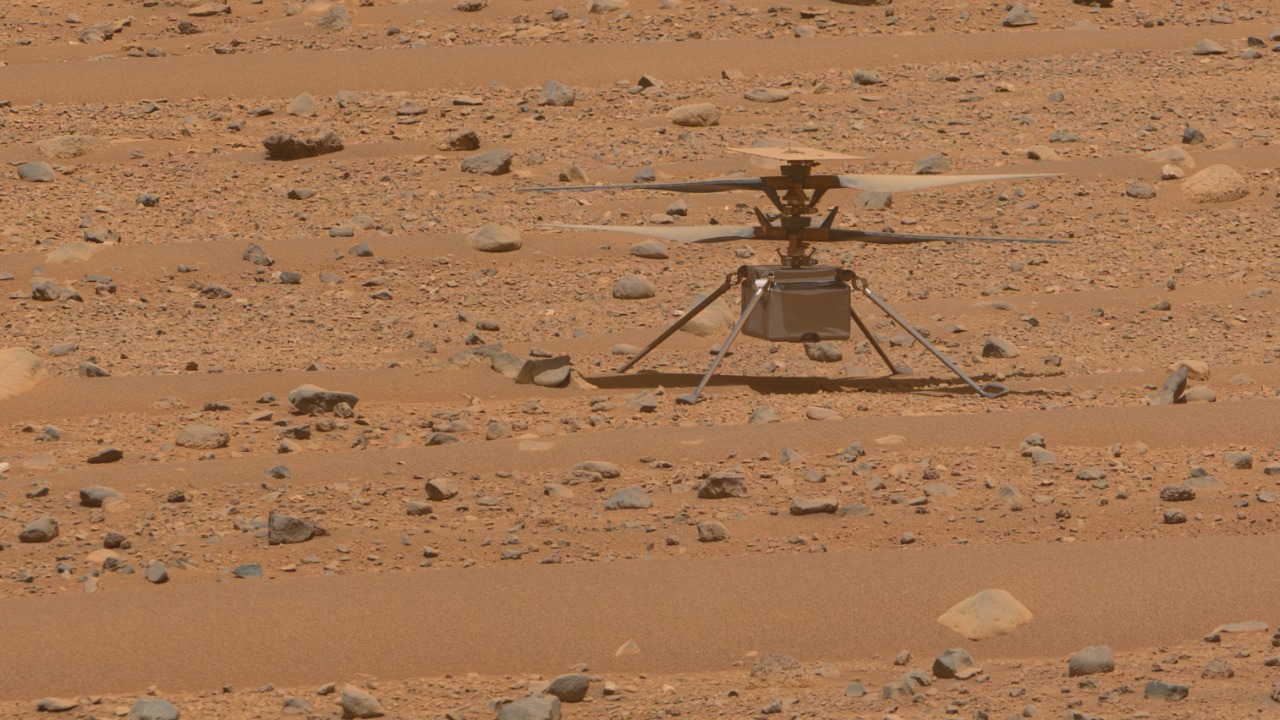
Reaching Mars is fraught with technical challenges that require innovative solutions. The engineering hurdles of a Mars mission are significant, encompassing propulsion systems, spacecraft design, and life support technologies. NASA’s engineers and scientists are working tirelessly to overcome these obstacles, drawing on decades of experience and research.
Human factors are equally important in ensuring mission success. Preparing astronauts for the psychological and physical demands of a long-duration space journey is a complex task. NASA’s training programs focus on building resilience and adaptability, equipping astronauts with the skills needed to thrive in the isolated and confined environment of space.
Contingency planning is a critical aspect of NASA’s mission strategy. The agency is committed to mitigating risks and addressing unforeseen issues that may arise during the mission. By developing robust backup plans and conducting extensive simulations, NASA aims to ensure the safety and success of its crewed Mars mission.
The Implications of Winning the Race
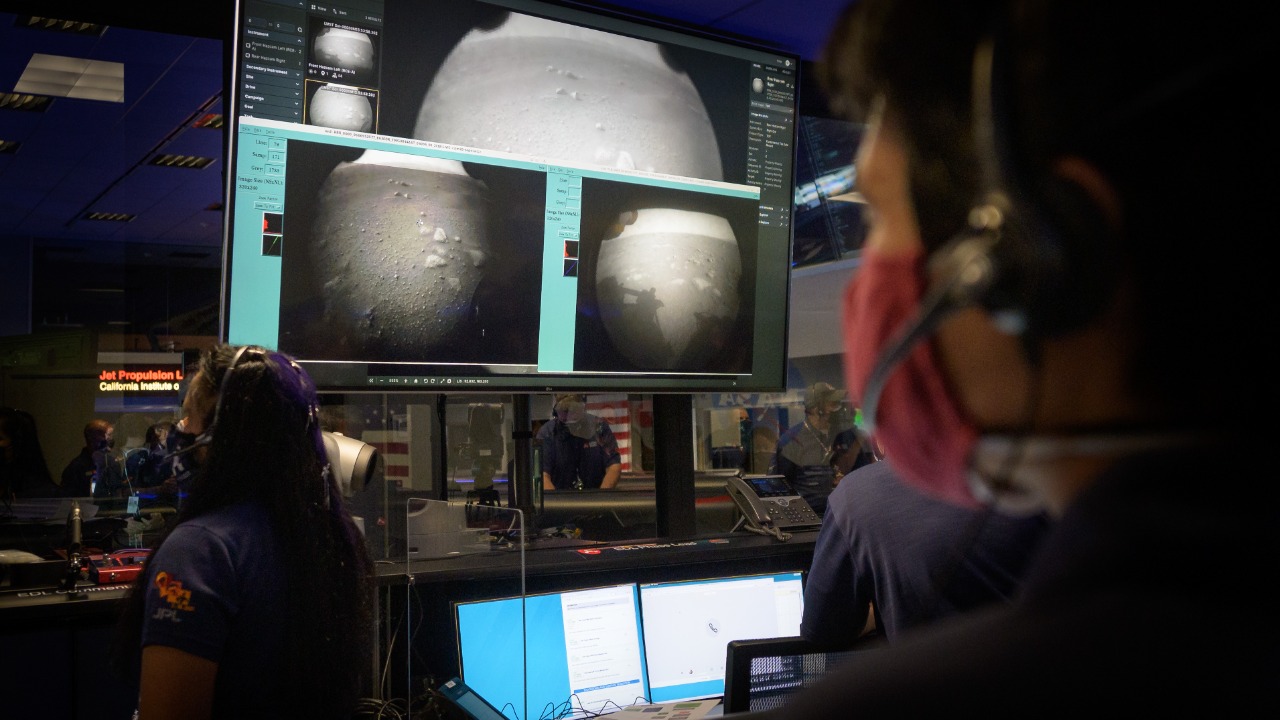
Winning the race to Mars would have profound implications for the United States, enhancing national pride and strengthening its global perception as a leader in space exploration. Such an achievement would serve as a testament to the country’s technological prowess and commitment to pushing the boundaries of human knowledge.
The scientific advancements resulting from a successful Mars mission could be transformative. Discoveries made on the Red Planet have the potential to revolutionize our understanding of planetary science, astrobiology, and the potential for life beyond Earth. These innovations could also drive advancements in technology and industry, creating new opportunities for economic growth and development.
Ultimately, NASA’s achievements could shape the future of space exploration, paving the way for a new era of interplanetary travel. By successfully reaching Mars, NASA would set the stage for future missions to the outer planets and beyond, inspiring a new generation of explorers and visionaries. As the agency continues to push the boundaries of what is possible, it reaffirms its commitment to exploring the unknown and expanding the frontiers of human achievement.